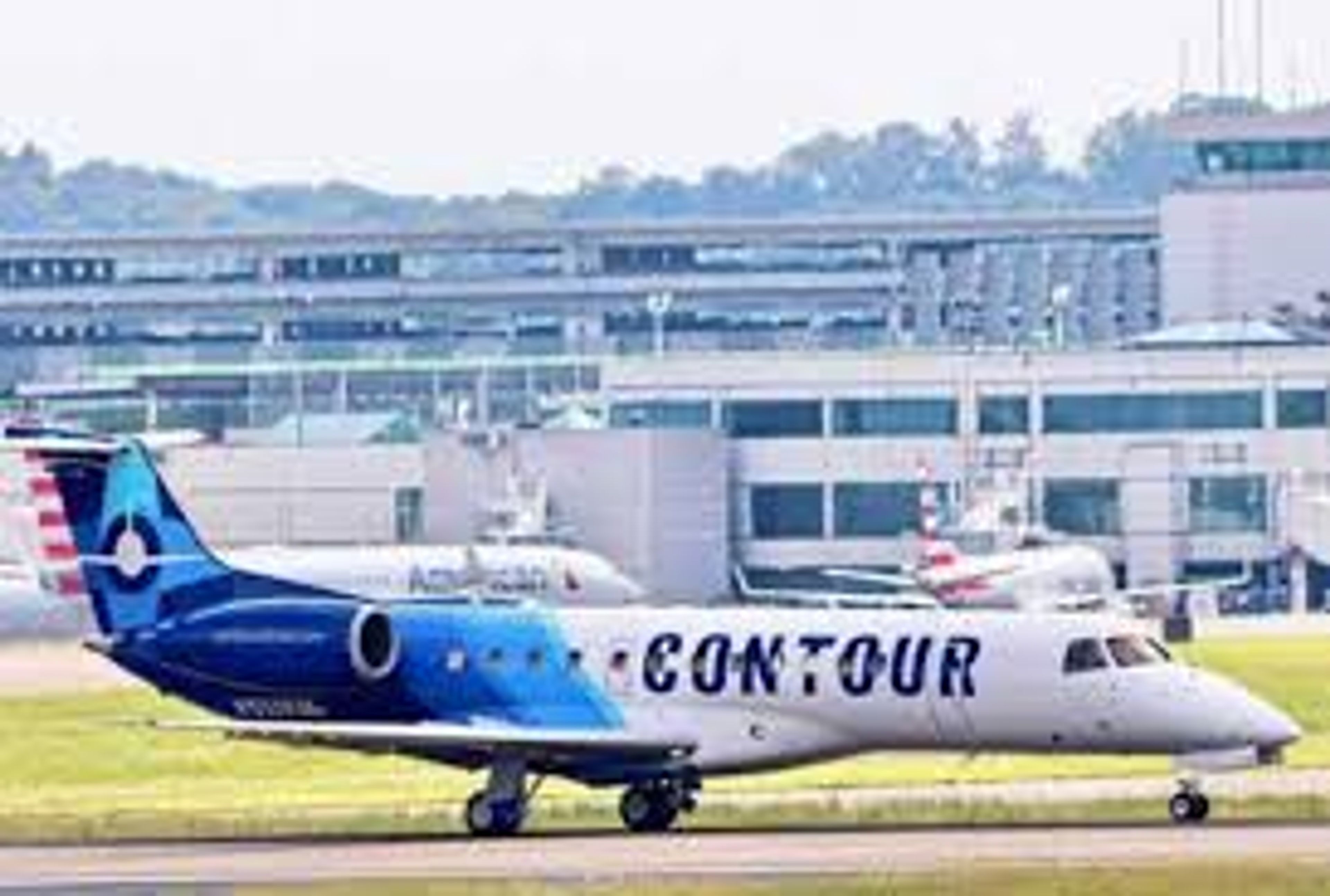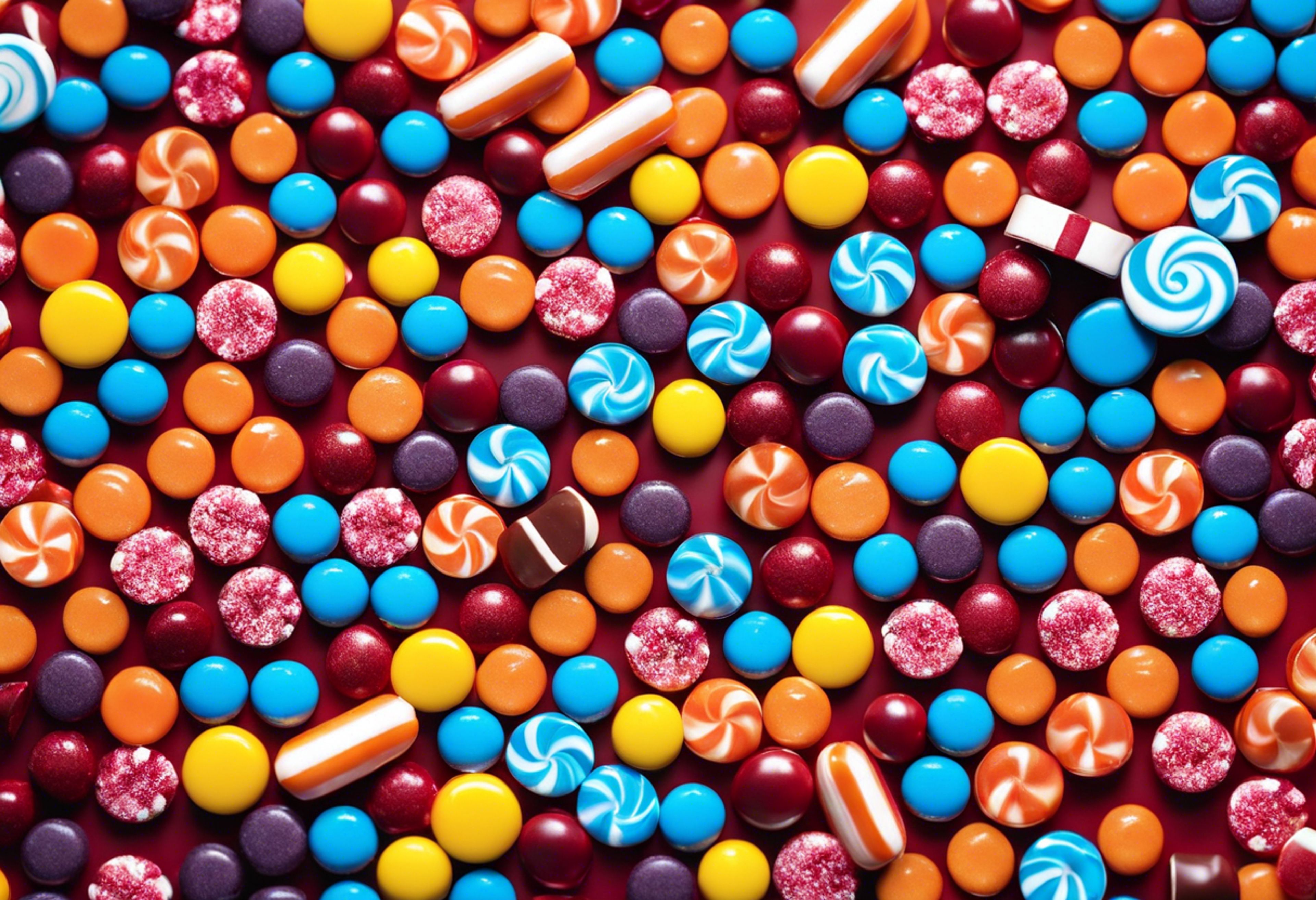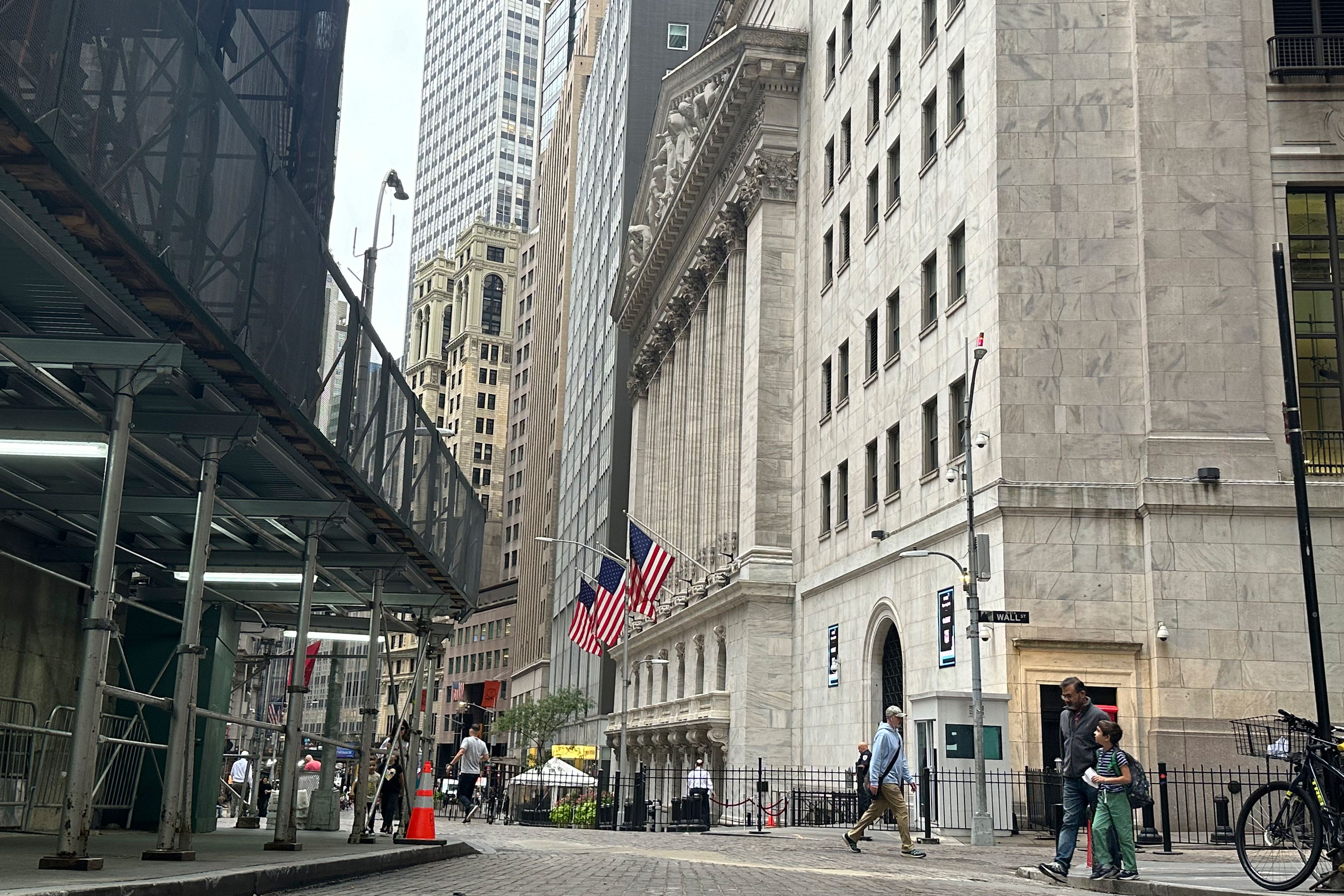Wanted: Grape growers.
Sales of Missouri wines and juices have increased so much during the past five years state grape growers can't keep up with the demand.
The grape crop was short last year because of a harsh winter and a late, wet spring. Twice in the past three years, the state has suffered a grape shortfall.
State wineries produce more than 300,000 gallons of wine a year, highest annual production since Prohibition.
Missouri wineries, 37 of them, attract more than 2.5 million people a year, half of them from out of state.
Sales of state wines have increased five of the past six years.
More than 315,000 gallons of wine were sold during fiscal year 1995-96, up 3 percent from the 305,900 gallons sold in 1994-95.
The wine industry is growing, and more grapes are needed.
Growing grapes can be an attractive opportunity for the right person, says Wayne Yokley, director of the Missouri Department of Agriculture's Market Development Division.
In an effort to counter the grape shortage, the department is offering financial incentives for prospective or existing grape producers to grow more grapes.
Not a quick-fix solution
It's not a quick-fix solution. It takes a grapevine from five to seven years to produce mature fruit. However, a continuing incentive should help get more grape acres planted and eventually put Missouri on the right track to meet demands.
A grape-growing incentive was offered last year and resulted in an additional 34 acres of grapes. At maturity, this small acreage increase could yield more than 130 tons of grapes, which translates into more than 100,000 bottles of wine or juice.
Similar results are expected from a 1993 planting incentive that added 23.1 acres of grapes.
To qualify for the incentive, growers must agree to produce a minimum of three harvests with at least a 1.5-ton yield per acre. They must have a contract with a processor agreeing to buy what they produce under the incentive plan. Newly planted acres under the incentive plan will be inspected and confirmed.
About $15,000 has been set aside for the financial incentive plan. The amount paid per acre will depend on the number of verified acres. Funding for the program comes from the department's grape and wine program, which is financed from a tax on all wines sold in Missouri.
Wine sales up
Interested?
Contact the grape and wine program of market development division of the agriculture department.
During the past five years Missouri wine sales have grown more than 70 percent, and winemakers have a 4.4 percent of the wine market in Missouri.
At one time in history, Missouri wine production was second only to California. During the year of the 1904 St. Louis World's Fair, Missouri wine production topped the 3-million-gallon mark.
Missouri grape growers use about 1,000 acres for grapes and some of the grapes are not used for wine.
Research on grape and wine production is conducted at Southwest Missouri State University's Fruit Experiment Station in Mountain Grove. The experiment station staff specializes in enology and viticulture and will provide technical advice and assistance on growing grapes.
"Enology" is the study of winemaking and "viticulture" is the art or science of growing grapes.
One winery is near Scott City and Commerce -- River Ridge Winery, which welcomes families to visit the winery. Visitors can see the grapes, learn about the winemaking process and go on hikes and have picnics.
Another Southeast Missouri winery is the Ste. Genevieve Winery at Weingarten, south of Ste. Genevieve, but the tasting room and retail sales outlet is in a mansion in downtown Ste. Genevieve.
One of the largest wineries in the state is the Stone Hill Wineries at Hermann, which produces from 65,000 to 70,000 gallons a year.
Cigars ... more than a trend
Prime rib will be the fare for a cigar dinner in downtown Cape Girardeau in April.
The (cigar) smoker, second to be held here, will be held April 8 at Port Cape Girardeau Restaurant.
"Our first was in November," said Ralph Sharp, manager of Tobacco Lane in West Park Mall, which will sponsor the April event. "We had a good response to the November smoker with 25 to 30 in attendance."
Additional details are available by contacting Tobacco Lane.
A special cigar area will be included in a new barber salon in St. Louis, where haircut customers can hang out before and after a haircut and enjoy a cigar.
Roast duck breast is on the menu for a cigar dinner on Tuesday at the Tap Room at the St. Louis Brewery.
More than 40 women attended a recent cigar smoker at Morton's in the Clayton area. A four-course menu, at a cost of $125, featured steak and vintage wines with liqueurs and three premium Montechristo cigars.
The women's smokers were sponsored by Morton's of Chicago, at 32 of its restaurants. Morton's reasoning is that the women's cigar event was a chance for women to get together and forge new friendships and business relationship while partaking in a ritual that has been traditionally reserved for men.
Black-tie cigar events
Some of the cigar dinners are black-tie events, with dinner prices ranging from $50 to $100.
Cigar bars, restaurants -- barbershops -- are popping up everywhere in metropolitan areas throughout the country. The distinguishing mark of the new businesses are that a few boxes of stogies are stacked here and there.
Even in Los Angeles, a city of strict anti-smoking laws, some restaurants and hotels are accommodating the expanding legions of cigar smokers.
The cigar selections are amazing, with prices ranging from $3 to $25, some even more.
One such restaurant in St. Louis, which features a cigar area with a walk in humidor, is hoping to sell more than 3,000 cigars a week.
Cigar smoking is suddenly more than a trend; it's becoming part the culture again.
More than 10 million Americans have taken up the stogie, making cigar smoking among the nation's hottest trends. Sales of cigars were up 16 percent in 1996, accounting for more than $1 billion to the U.S. economy.
Manufacturers made more than 80 million premium, hand-rolled, cigars last year.
Cigar magazine, web site
The cigar-smoking crowd has its own magazine, "Cigar Aficionados," a publication started during fall 1992, and, if you's so inclined, you can go (cigar) smoking online.
Cigar Aficionados has its own Web site -- http://www.cigaraficionado.com -- with an interesting array of pages.
Everything you ever wanted to know about cigars, and, more is available. All the magazine's cigar ratings are there, on more than 1,000 cigars by brand and by country of origin, by price category and rating score.
Cigar retailers can be searched by country, state, city and zip code. You can also use the site to check stock quotes, sports scores and other subjects, including a lengthy historic article on noted artist Alberto Varga, one of my favorite pinup artists.
B. Ray Owen is business editor for the Southeast Missourian.
Connect with the Southeast Missourian Newsroom:
For corrections to this story or other insights for the editor, click here. To submit a letter to the editor, click here. To learn about the Southeast Missourian’s AI Policy, click here.








